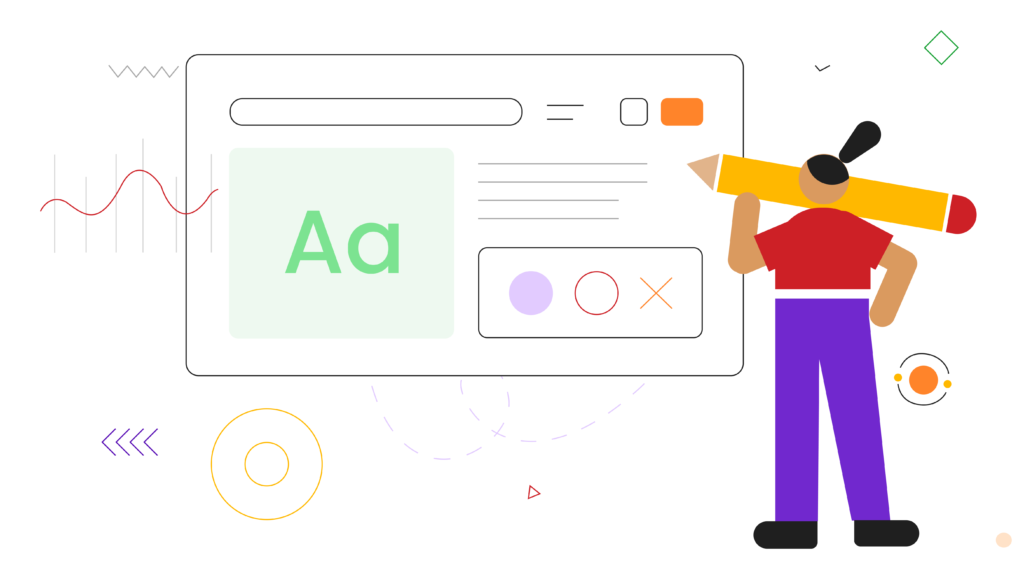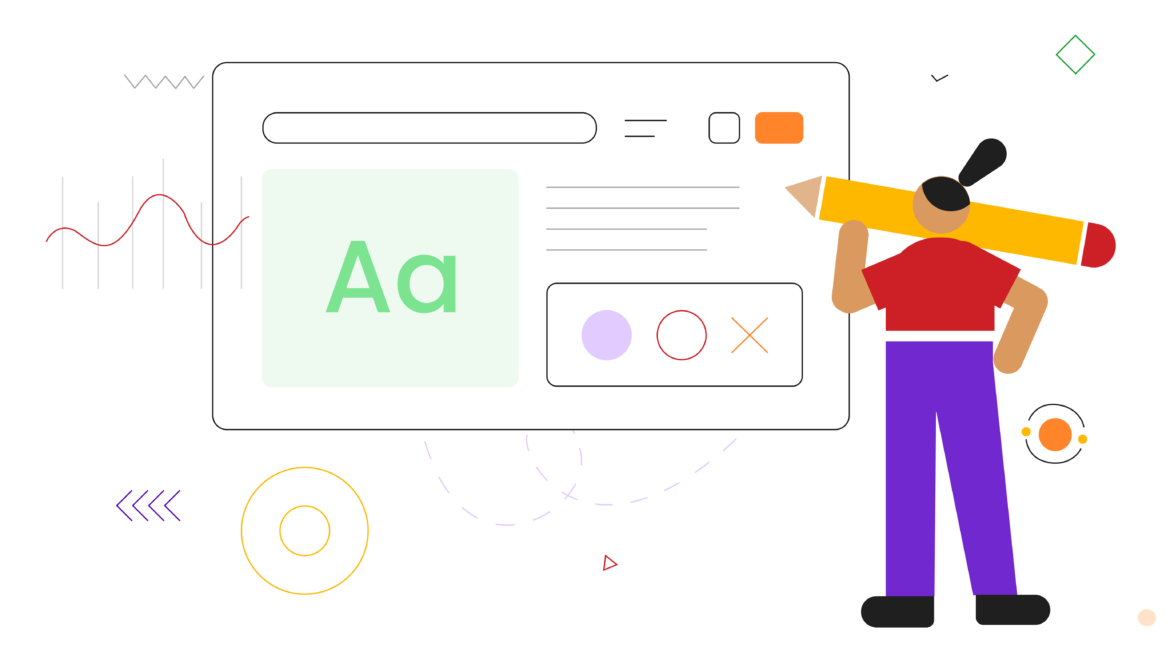In the fast- paced and ever- evolving geography of the 21st century, the conception of education is witnessing a profound metamorphosis. Traditional models of literacy are giving way to further dynamic and individualized approaches, and at the van of this revolution is stoked reality( AR).
stoked reality isn’t just reshaping classrooms; it’s also playing a vital part in fostering lifelong literacy, steering in a paradigm shift in nonstop education.

The Rise of Lifelong literacy A Necessity in the Digital Age
In an period where technology is advancing fleetly, the half- life of chops is dwindling, making nonstop literacy a necessity rather than a luxury.
Lifelong literacy, the ongoing, voluntary, and tone- motivated pursuit of knowledge, is getting a foundation for particular and professional development. stoked reality is arising as a important tool to grease this nonstop literacy trip.
Breaking Down the Barriers: Anytime, Anywhere Learning
One of the key advantages of augmented reality in lifelong learning is its ability to break down the barriers of traditional education. Learners are no longer confined to physical classrooms or rigid schedules.
With AR, education becomes a seamless part of daily life. Imagine learning a new language while waiting for your coffee or exploring historical events as you stroll through a city. Augmented reality allows for learning to happen anytime, anywhere, fitting into the rhythm of our lives.
Immersive Experiences: Beyond Textbooks and Lectures
The immersive nature of augmented reality takes learning to new heights. Instead of relying solely on textbooks and lectures, learners can interact with three-dimensional models, explore virtual environments, and engage in simulations that bring concepts to life.
For example, medical students can perform virtual dissections or engineers can troubleshoot complex machinery in a risk-free virtual space. This hands-on, experiential learning is a game-changer, enhancing understanding and retention.
Personalized Learning Paths: Tailoring Education to Individual Needs
Augmented Reality Course enables the creation of personalized learning experiences. By utilizing data analytics and artificial intelligence, AR systems can adapt content based on individual preferences, learning styles, and progress.
This tailoring of educational content ensures that learners receive information in a way that resonates with them, making the learning process more effective and enjoyable. Personalized learning paths also accommodate different paces, allowing each individual to learn at their own speed.
Skill Development for the Future: Bridging the Gap Between Education and Industry Needs
In a rapidly changing job market, staying relevant and adaptable is crucial. Augmented reality provides a bridge between traditional education and the skills demanded by industries.
By offering immersive, hands-on experiences, AR courses can focus on developing practical skills that align with real-world needs. This not only enhances employability but also empowers individuals to proactively shape their career trajectories through continuous skill acquisition.
Overcoming Challenges: Ethical Considerations and Inclusivity
While the potential of augmented reality in lifelong learning is immense, it is crucial to address ethical considerations and ensure inclusivity. Privacy concerns, data security, and the potential for creating educational disparities must be carefully navigated.
Additionally, efforts should be made to make AR learning experiences accessible to diverse populations, considering factors such as disabilities, socioeconomic status, and geographic location.
The Road Ahead: Collaboration, Innovation, and Integration
The integration of augmented reality into lifelong learning requires collaboration among educators, technologists, policymakers, and industry stakeholders. Innovation in content creation, platform development, and pedagogical approaches will be key to realizing the full potential of AR in continuous education.
Furthermore, seamless integration with existing educational frameworks and recognition of AR-acquired skills in formal settings are essential steps toward mainstreaming this transformative technology.
A Collaborative Ecosystem: Partnerships for Educational Transformation
The integration of augmented reality into lifelong learning necessitates a collaborative ecosystem. Educational institutions, technology developers, and industry partners must forge alliances to share expertise and resources. By creating an environment that fosters collaboration, we can accelerate the development of innovative AR solutions and establish best practices for effective implementation.
Conclusion
In conclusion, augmented reality is not merely a technological tool; it is a catalyst for change in the way we approach education throughout our lives. Lifelong learning, powered by augmented reality, offers a dynamic and personalized journey that adapts to the needs of individuals in a rapidly changing world.
As we embrace this paradigm shift, we must ensure that the benefits of AR in education are accessible to all, fostering a future where learning knows no boundaries.


